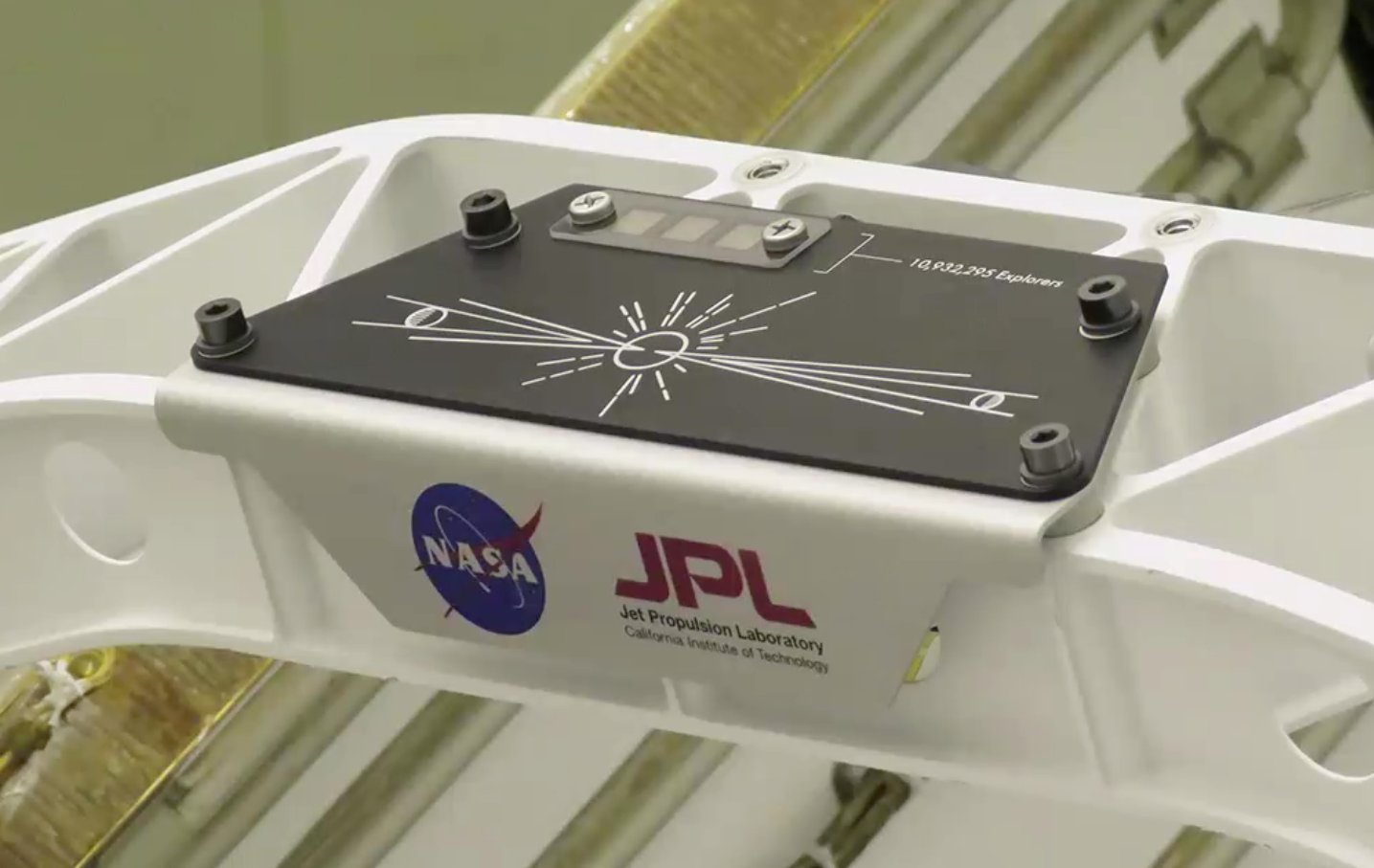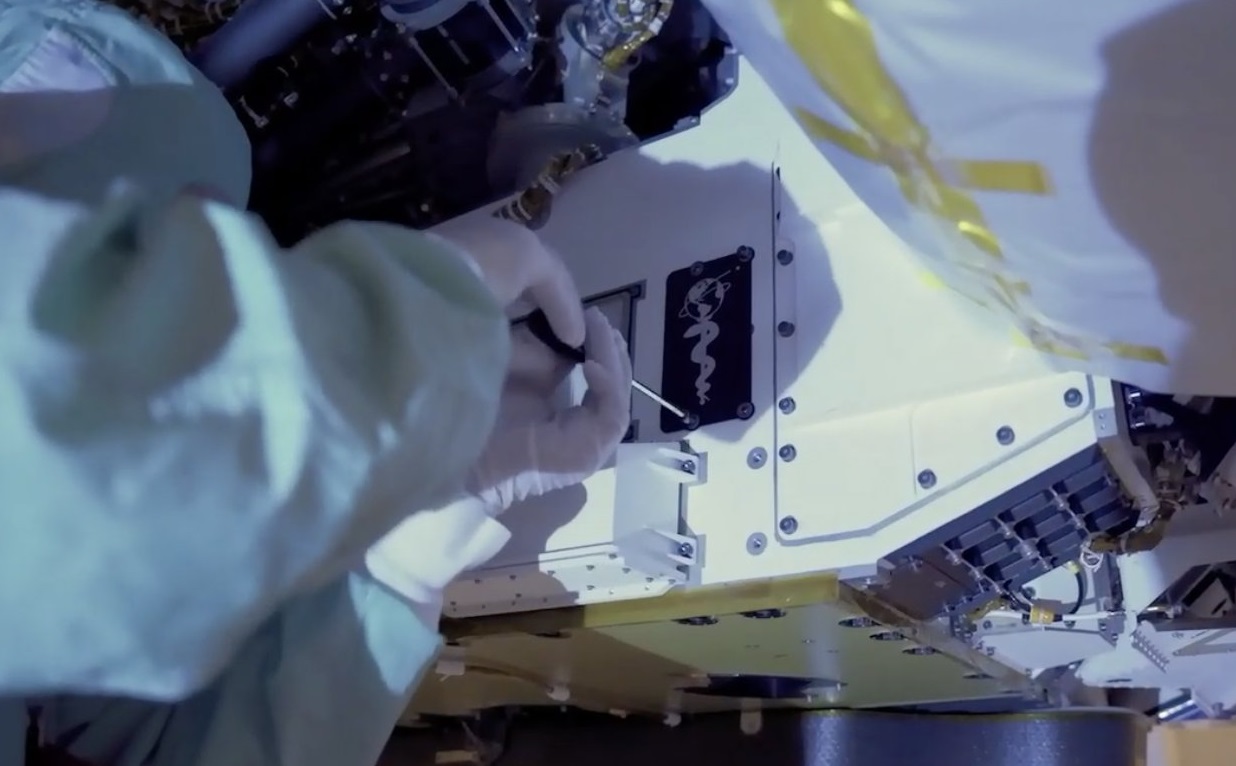Mars 2020 Perseverance and Ingenuity
In my previous post, I looked at the reasons for exploring Mars, we described how the landing will take place as part of the upcoming NASA Mars 2020 mission. But now let’s look at the essentials – the individual parts of the mission, respectively. to the robotic “members” of the Mars 2020 mission crew.
Tip:
[SK] Slovenskú verziu tohto článku nájdete na tejto adrese.
The NASA Mars 2020 mission consists of three individual components that make up the flight system. Of course, this system as such has basically no specific goal within the scope of scientific research. Its task is to deliver two main components to Mars, the task of which is the realization of the planetary mission itself. But it’s fine.
Cruise Stage
The first component of the mission is the so-called “cruise stage”, and so-called “travel grade”. This ensures the transport itself to the destination – the so-called interplanetary flight, during which it not only protects the robotic “crew” inside but also ensures the navigation itself and back communication with the control center on Earth.

Mars 2020 “Cruise Stage” – flight configuration just before assembly. (NASA/JPL-Caltech)
Navigation and determination of the exact position on the flight trajectory (heliocentric transfer) is realized by means of special sensors detecting the constant position of known stars and the Sun and the related position of the flight stage relative to this determined position. Sometimes it can happen that the cruise stage itself (for ease of explanation, let’s call it “spaceship” in this flight phase) deviates from the exact course. The flight phase lasts several months, and the distance that the spacecraft must overcome after a precisely determined trajectory is almost 515 million kilometers. Therefore, a possible deviation from the course (deviation from the trajectory) is not unusual and is expected. In this case, another function of the travel level comes into play, and that is the ability to correct the course – the so-called “corrective maneuvers”. For this purpose, the cruise stage has several aluminum tanks with hydrazine (rocket fuel) at its disposal. Their total capacity is 31 kilograms, so the mission controllers in the control center have the opportunity to correct the course only six times during the entire flight to Mars. The travel stage has one more irreplaceable role, and that is its onboard control systems, which ensure regular checks of the entire system, including the systems of the robotic crew – the rover and other systems on board. The travel stage has two separate antennas, intended for communication with the Earth. The communication itself is of course not direct because the position of the control center on Earth changes with respect to the spacecraft and is not always in direct radio visibility. For this reason, a network of large terrestrial radio antennas is used, spread all over the Earth – the so-called “Deep Space Network”. In this way, continuous contact with the mission and remote control of all onboard systems and the necessary telemetry (flight data) is ensured. The antennas of the “NASA Deep Space Network” system are spread on Earth at a distance of about 120 degrees in three places – Goldstone in the California desert, near Madrid in Spain, and near Canberra, the capital of Australia.
Rover Perseverance
We got to the robotic “crew” of the Mars 2020 mission. The first and most important part of the mission is the Perseverance rover itself, along with the EDLS system (Entry, Descent, and Landing System). At first glance, the Perseverance rover resembles its predecessor, Curiosity. However, Curiosity lacked several technological conveniences compared to its younger “sister” Perseverance.

Rover Perseverance at JPL premises. (NASA/JPL-Caltech)
For example, on Curiosity, we “learned” how it is probably best to make the right systems for such a heavy mobile probe to ensure its mobility on the surface of Mars. This is, for example, wheels. In the case of Curiosity, they wore out quite quickly and are still being damaged. So Perseverance has them differently. Their material has been changed, layers of titanium have been added and their dimensions have also changed.

MSL Curiosity and damage to one of the wheels. Source NASA/JPL-Caltech.
It has a total of seven scientific instruments, 23 cameras, and two special microphones on board. Perseverance weighs 1,025 kg, which is more than Curiosity, which weighs 899 kg. Perseverance will not be powered by solar cells, but, like Curiosity, will use a nuclear power source – an onboard radioisotope thermoelectric generator using 4.8 kilograms of plutonium (plutonium oxide) as a source. Perseverance will also have a novelty on board – it will collect samples of regolith (soil on Mars), which it will store in return capsules. It is an assumption (rather a plan) that these will later be picked up and delivered to Earth by another mission. One of the latest technological gadgets is a separate flying propeller system.
Ingenuity
This is our next robotic crew member. As I mentioned in the previous paragraph, this is a self-contained flying propeller system. This first “Martian” helicopter is essentially a technological test device, with the help of which we will find out the possibilities of using flying probes and other technological devices on Mars for its future exploration. The atmosphere of Mars is fundamentally different from that of Earth, especially in terms of its density, atmospheric pressure, and, of course, composition. It will therefore be very interesting to evaluate the results of this technological experiment. The expected flight capabilities of this device are limited: maximum flight height of 5 m (above the surface), a maximum flight speed of 10 m/s (horizontal) and 3 m/s (vertical), a range of 300 m, and possible flight time is 90 seconds per day. The operation itself is estimated at 1 or more flights within 30 days. Energetically, this device will be supplied by a solar cell and onboard electric cells. It will have various sensors and an onboard camera, which should make it possible to examine the surrounding terrain from a height.

Ingenuity in a folded state. We will take a closer look at this device in future posts. (NASA/JPL-Caltech)
Almost every robotic NASA mission has a few memory sticks on board with the names of human volunteers recorded on them. Perseverance also has them on board.

The names of the volunteers are recorded on these media. (NASA/JPL-Caltech)
Today’s era, marked by a global pandemic, was also reflected in the Mars 2020 mission. On board Perseverance, a plaque was attached in honor of all health workers and those who helped in managing the pandemic.

A plaque on board the Perseverance rover about the pandemic. (NASA/JPL-Caltech)
~Jozef
Tip:
[SK] Slovenskú verziu tohto článku nájdete na tejto adrese.
Used info: Author’s own resources, NASA/JPL-Caltech.









